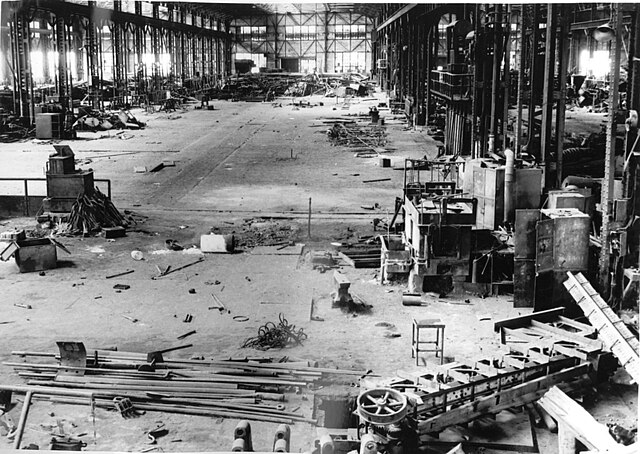The Seishin Operation, also called Chongjin Landing Operation, was an amphibious assault on northern Korea between 13–17 August 1945, carried out by the forces of the Soviet Northern Pacific Flotilla of the Pacific Fleet during the Soviet–Japanese War at the end of World War II.
Soviet troops in Korea, 15 August 1945
The Soviet–Japanese War, known in Mongolia as the Liberation War of 1945, was a campaign of the Second World War that began with the Soviet invasion of Japanese-occupied territory following the Soviet declaration of war against Japan on 7 August 1945. The Soviet Union and Mongolian People's Republic toppled the Japanese puppet states of Manchukuo in Manchuria and Mengjiang in Inner Mongolia, as well as northern Korea, Karafuto on the island of Sakhalin, and the Kuril Islands. The defeat of Japan's Kwantung Army helped bring about the Japanese surrender and the end of World War II. The Soviet entry into the war was a significant factor in the Japanese government's decision to surrender unconditionally, as it was made apparent that the Soviet Union was not willing to act as a third party in negotiating an end to hostilities on conditional terms.
Sailors from the Pacific Fleet Marines raise the flag over Port Arthur.
About 1,831,000 Soviet personnel were awarded the Medal "For the Victory over Japan" following 30 September 1945.
Manchuria Sumitomo Metal Industries in Anshan looted by USSR Army
A Manchurian Government printing plant in Changchun completely pillaged by USSR Army





